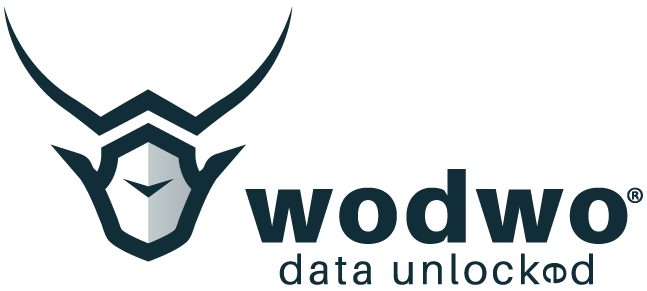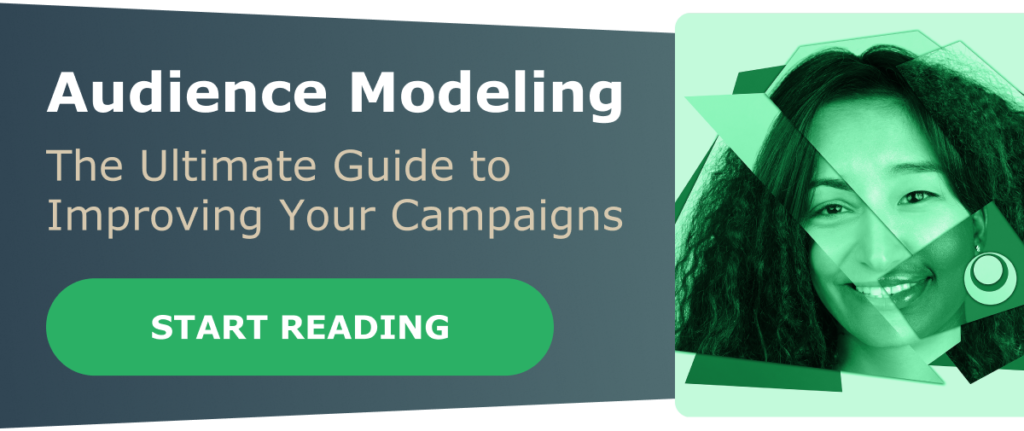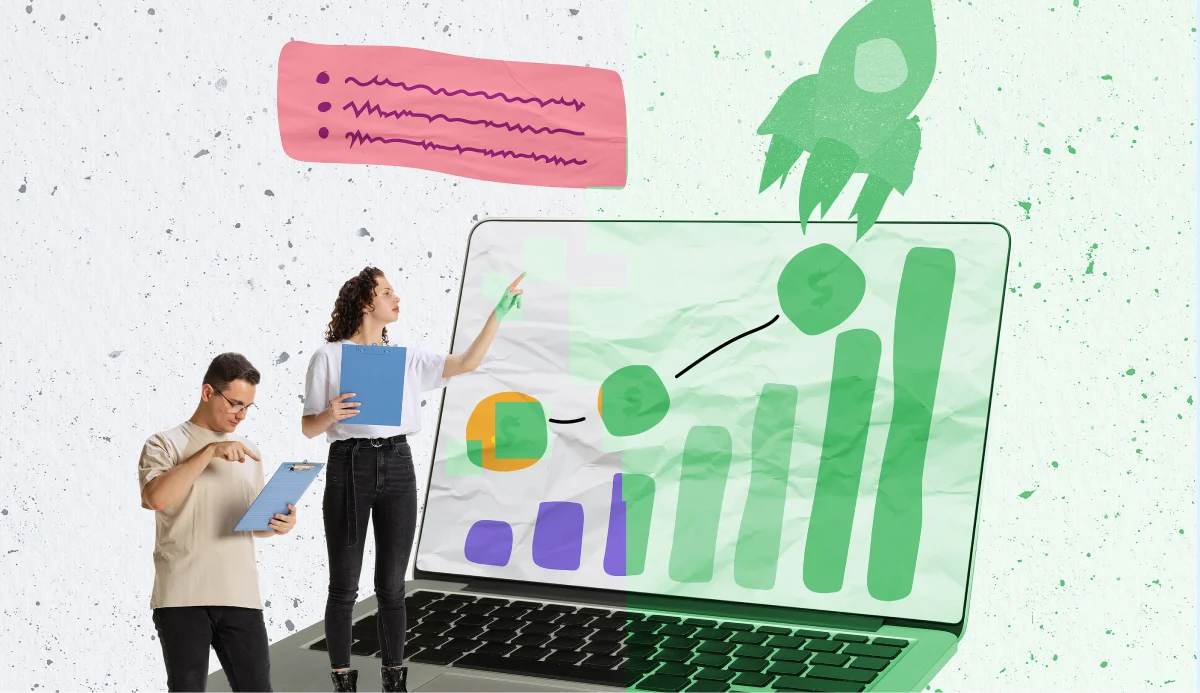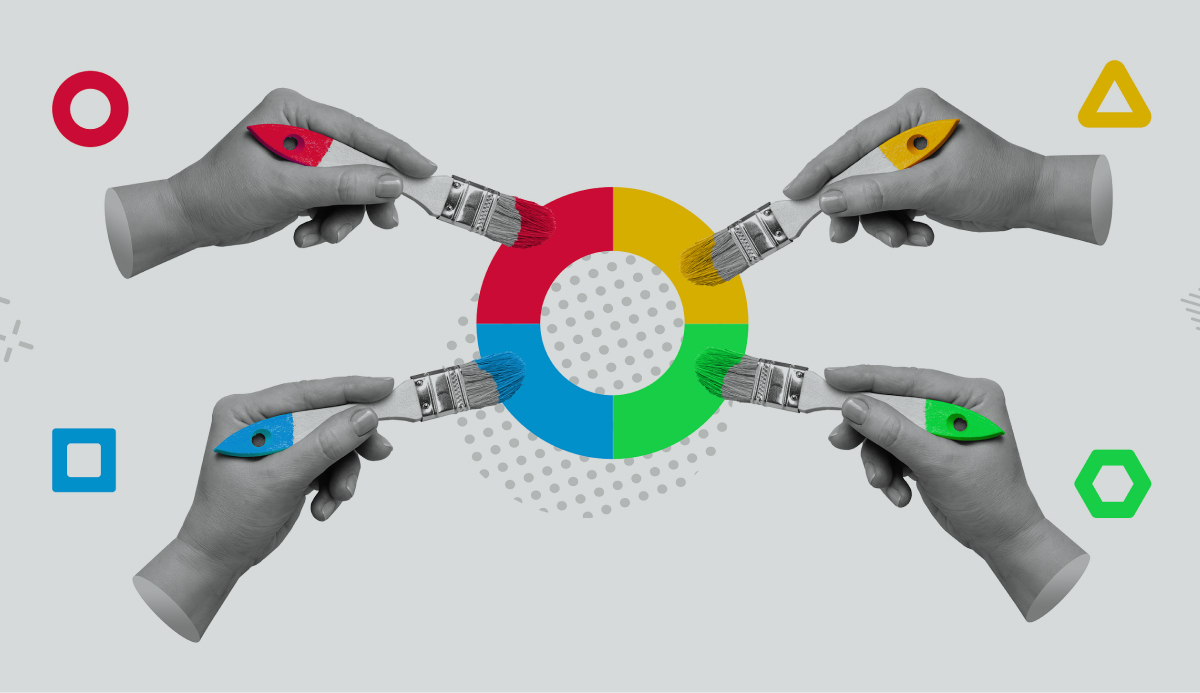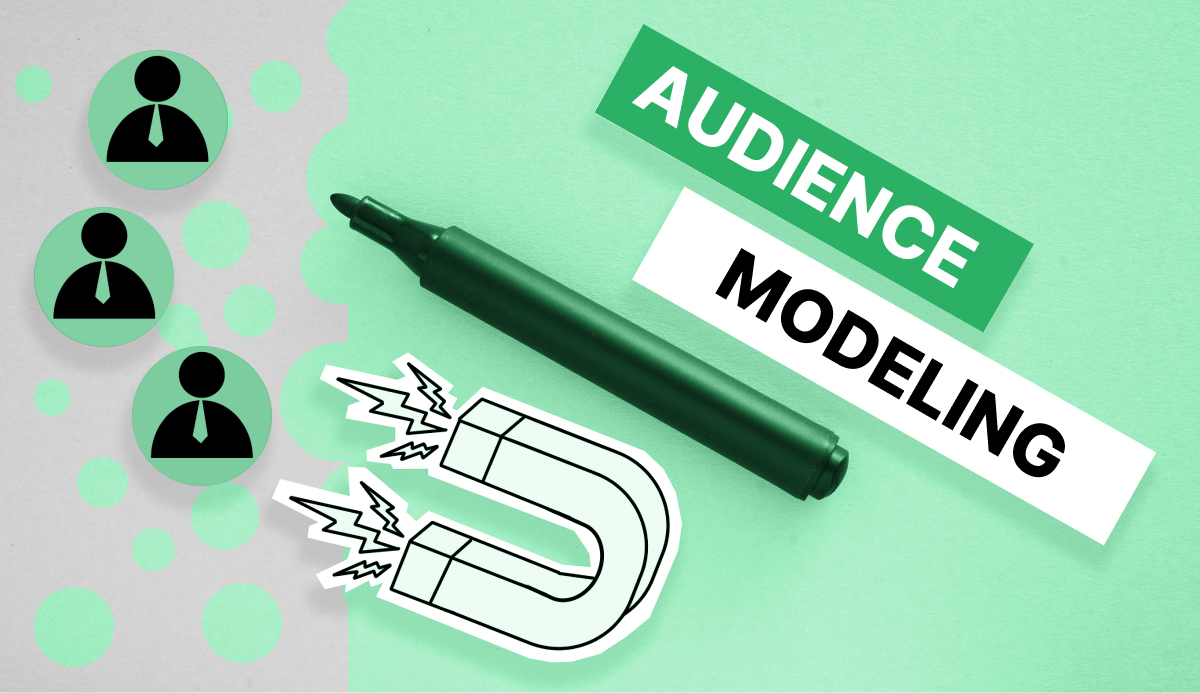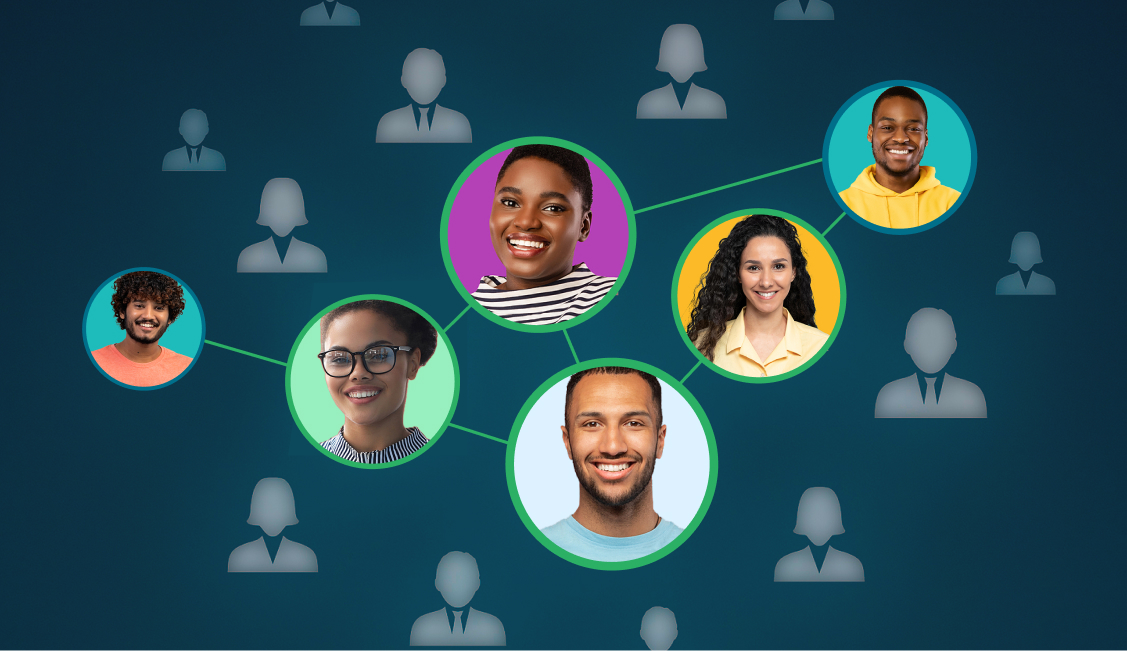Audience Targeting: 5 Tips to Improve Your Campaigns
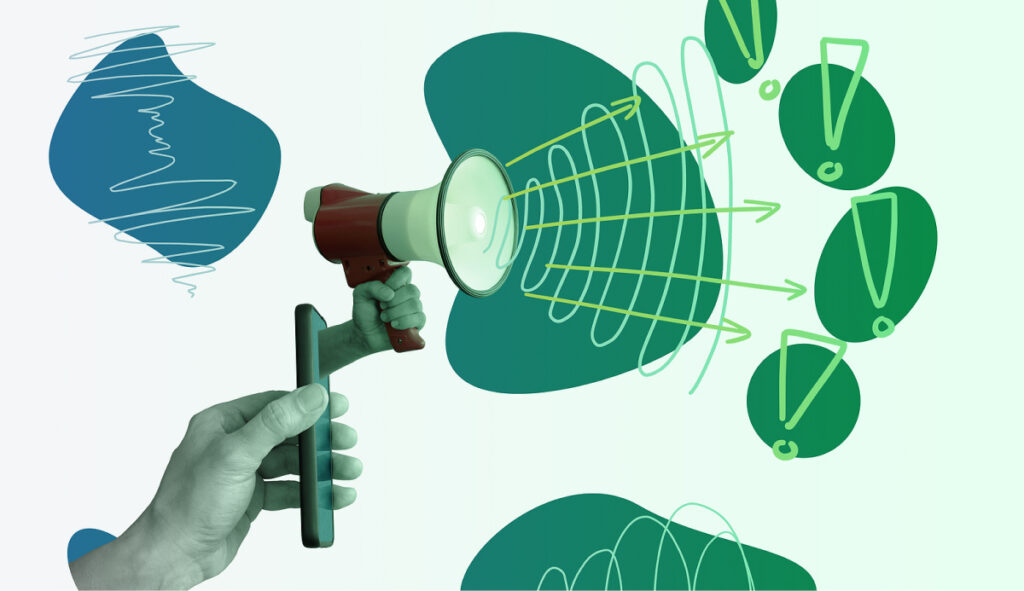
Audience targeting is a vital component of successful marketing and sales campaigns. What is audience targeting? Audience targeting is the practice of identifying and selecting specific groups of individuals who are most likely to be interested in (and purchase!) a particular product, service, or message. It involves using various demographic, behavioral, and psychographic factors to tailor marketing efforts and deliver relevant content to the intended audience. With this in mind, below we’re sharing five tips to improve your campaigns so you can ultimately increase your business’s revenue.
Tip 1: Define Your Target Audience Clearly
Defining your target audience clearly is the foundation of any successful marketing campaign. A clear target audience definition is essential for effective campaign planning and execution as it enables marketers to tailor their messaging, offers, and channels to resonate with the right people. By identifying key characteristics and demographics of the target audience, marketers can better understand their needs, preferences, and behaviors, allowing for more precise targeting and higher chances of campaign success.
With the help of tools like Wodwo, this process becomes remarkably easier. You’ll begin by uploading existing customer data to generate a custom audience. Wodwo then gets to work generating robust and in-depth custom insights in a matter of minutes. Some of the insights you can gather include customer demographics, lifestyle, interests, and even their preferred method of payment.
Alternatively, you can also conduct market research to define your target audience. Through market research, marketers can gather valuable data and insights about their target audience, including their interests, pain points, motivations, and purchasing behavior. This information helps refine and define audience segments, allowing for more precise targeting and tailored messaging.
Creating Buyer Personas
After you’ve defined your target audience, you can create buyer personas. This is a powerful technique for representing and understanding the target audience. By developing detailed personas that embody the characteristics and behaviors of different segments within the target audience, marketers gain a deeper understanding of their customers’ motivations and preferences. Buyer personas play a vital role in informing campaign messaging and strategies by providing valuable guidance on the tone, content, and channels that are most likely to resonate with each segment. By aligning campaign efforts with buyer personas, marketers can create more personalized and relevant experiences that drive engagement and conversions.
Tip 2: Leverage Data and Analytics
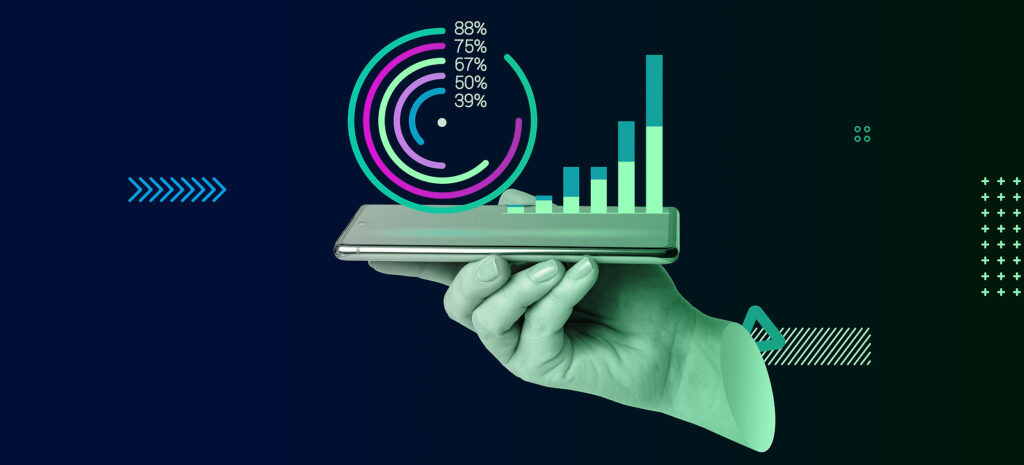
Utilize Customer and Audience Data
Leveraging data and analytics is a critical aspect of effective audience targeting. By utilizing customer and audience data, marketers can gain valuable insights into their target audience. Collecting and analyzing customer data provides insights into their preferences, behaviors, and purchasing patterns, enabling marketers to tailor their campaigns accordingly. Data modeling platforms like Wodwo offer the ability to leverage this data effectively, making informed targeting decisions based on comprehensive audience insights.
Implement Advanced Analytics Techniques
Implementing advanced analytics techniques, powered by AI in the case of Wodwo, further enhances audience targeting. Predictive modeling and machine learning algorithms analyze vast amounts of data to identify patterns and trends in audience behavior. This enables marketers to understand the factors that drive engagement and conversions, leading to more accurate targeting strategies. By leveraging these advanced analytics techniques, marketers can optimize their campaigns and ensure they reach the right audience with the right message at the right time.
Continuously Monitor and Refine
Continuously monitoring and refining targeting strategies is crucial for campaign success. By regularly tracking campaign performance and audience engagement metrics, marketers can gain real-time insights into the effectiveness of their targeting efforts. Data-driven adjustments can then be made to refine targeting strategies, ensuring they remain aligned with the evolving needs and preferences of the audience. Staying agile and responsive to data insights helps marketers maximize the impact of their campaigns and drive better results.
Tip 3: Segment Your Audience Effectively
Segmenting your audience effectively is a vital strategy for successful audience targeting. Dividing your target audience into distinct segments brings several benefits. It allows for better personalization of messages and offers, ensuring that your campaigns resonate with each segment’s unique characteristics and preferences. When you tailor your marketing efforts to specific segments, you increase the relevance of your campaigns, leading to higher engagement and conversion rates.
Key Segmentation Variables
When segmenting your audience, it’s essential to determine the relevant variables for division. This can include demographic factors such as:
— Age
— Gender
— Location, or
— Income level
You can also explore psychographic variables such as:
— Interests
— Values, or
— Lifestyle choices
Behavioral factors such as past purchase behavior or engagement with previous campaigns can also be considered.
Tailor Messaging and Offers to Each Segment of Your Audience
Once your audience is segmented, it’s crucial to tailor your messaging and offers to each segment. Crafting specific messages and offers that speak directly to the needs and preferences of each segment enhances the effectiveness of your campaigns. Customizing content allows you to address the unique pain points, desires, and motivations of each segment, making your marketing efforts more compelling and persuasive. Providing relevant and targeted messaging and offers increases your likelihood of capturing the attention and interest of each segment, driving better campaign outcomes.
Tip 4: Utilize Technology and Platforms
Leverage Targeted Advertising Platforms
Targeted advertising platforms like Google Ads, Facebook Ads, or LinkedIn Ads provide powerful tools to reach specific audience segments. When you leverage these platforms, you can take advantage of their advanced targeting options, such as demographic targeting, interest targeting, or remarketing, to ensure your ads are seen by the right people at the right time.
Implement Dynamic Content Personalization
Dynamic content tools allow you to deliver personalized experiences to your audience. Elements such as customizing website or email content based on their preferences, past interactions, or demographics, empowers you to create a more tailored and engaging experience. This level of personalization helps to build stronger connections with your audience, increasing their likelihood of converting into customers.
Employ Marketing Automation
This can be a game-changer for efficient targeting processes. Marketing automation platforms streamline audience segmentation, personalization, and campaign workflows. With automation, you can automate repetitive tasks, such as sending targeted emails or triggering specific actions based on audience behavior. This not only saves time and resources but also ensures that your targeting processes are consistent, accurate, and scalable.
Tip 5: Test, Iterate, and Refine as Needed
Implementing a culture of testing and iteration is crucial for continuous improvement in audience targeting. One such testing method you can use is A/B testing – a powerful technique for measuring the effectiveness of different targeting strategies. By conducting A/B tests, you can compare two versions of your campaigns, testing variables such as messaging, offers, or targeting parameters. This allows you to gather data and insights on what resonates best with your audience, helping you make data-driven decisions.
Analyze Results and Optimize
Analyzing the results of your tests is essential to identify successful targeting approaches. Carefully examine the data, and you can uncover patterns and trends that highlight the most effective strategies. Understanding which messaging, offers, or targeting parameters perform better also give you the ability to optimize your targeting efforts for improved campaign outcomes.
Based on the insights gained from testing, you can then optimize your targeting strategies. This involves making data-driven adjustments and refinements to your campaigns. In applying the lessons learned, you can fine-tune your audience targeting to increase engagement, conversion rates, and overall campaign success. Optimization is an ongoing process, as audience preferences and market dynamics may change over time, requiring continuous testing and iteration to stay ahead.
By embracing testing and iteration, you can harness the power of data and insights to improve your audience targeting strategies. A/B testing provides a solid foundation for making informed decisions, and by analyzing and optimizing based on the results, you can continually enhance your targeting efforts, ensuring that you’re reaching the right audience with the most effective messages and offers.
Audience Targeting is the Key to Better Campaigns

Effective audience targeting plays a pivotal role in driving the success of marketing campaigns. By implementing the following five tips, marketers can significantly improve their audience targeting strategies:
- Define Your Target Audience Clearly: Clear audience definition helps in campaign planning and execution by identifying key characteristics and demographics. Tools like Wodwo simplify this process by generating custom audiences based on existing customer data.
- Leverage Data and Analytics: Utilize customer and audience data, apply advanced analytics techniques, and continuously monitor and refine targeting strategies. Wodwo’s AI-powered capabilities provide valuable insights for informed targeting decisions.
- Segment Your Audience Effectively: Divide your target audience into distinct segments, enabling better message personalization and campaign relevance. Consider relevant variables such as demographics, psychographics, and behaviors to create meaningful segments.
- Utilize Technology and Platforms: Leverage targeted advertising platforms and dynamic content personalization to reach the right audience with personalized experiences. Employ marketing automation to streamline audience segmentation and campaign workflows.
- Test, Iterate, and Refine: Implement A/B testing to measure the effectiveness of different targeting strategies, analyze the results, and optimize targeting approaches based on insights gained.
Bottom line, effective audience targeting enables marketers to tailor their messaging, offers, and channels to resonate with their ideal customers. Wodwo plays a critical role in this process by simplifying audience definition, providing data-driven insights, and facilitating optimization. Employing these tips and leveraging Wodwo’s capabilities, allows marketers to unlock the full potential of their audience targeting efforts, driving better engagement, conversions, and overall campaign success. Learn what Wodwo can do for you by scheduling a demo!
